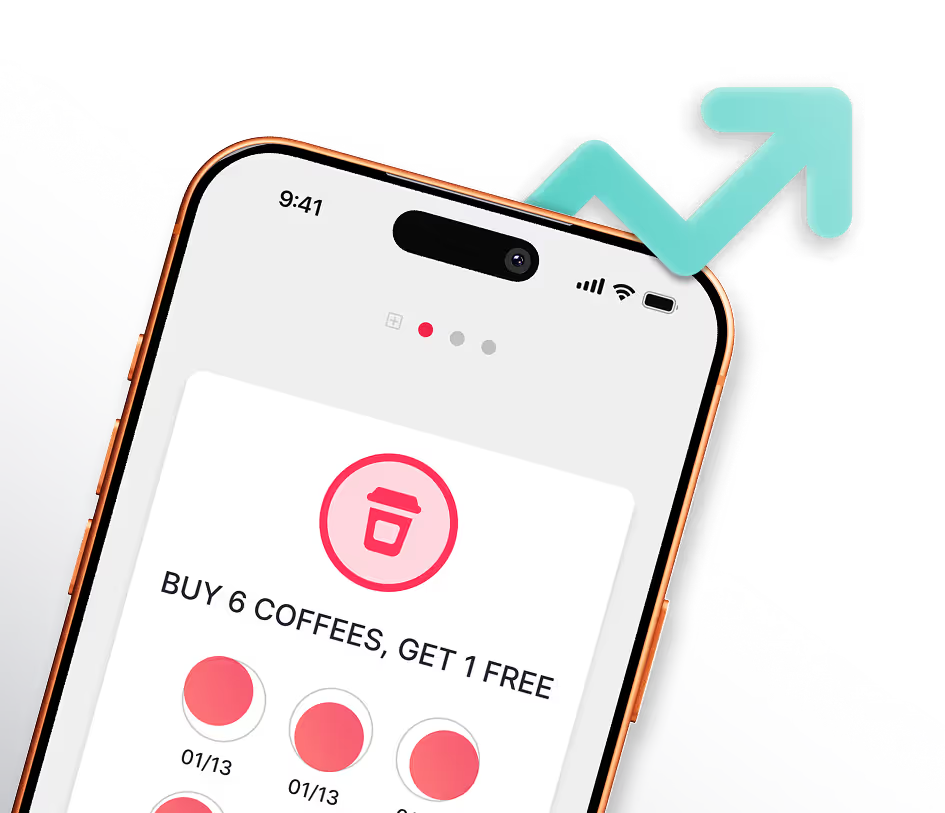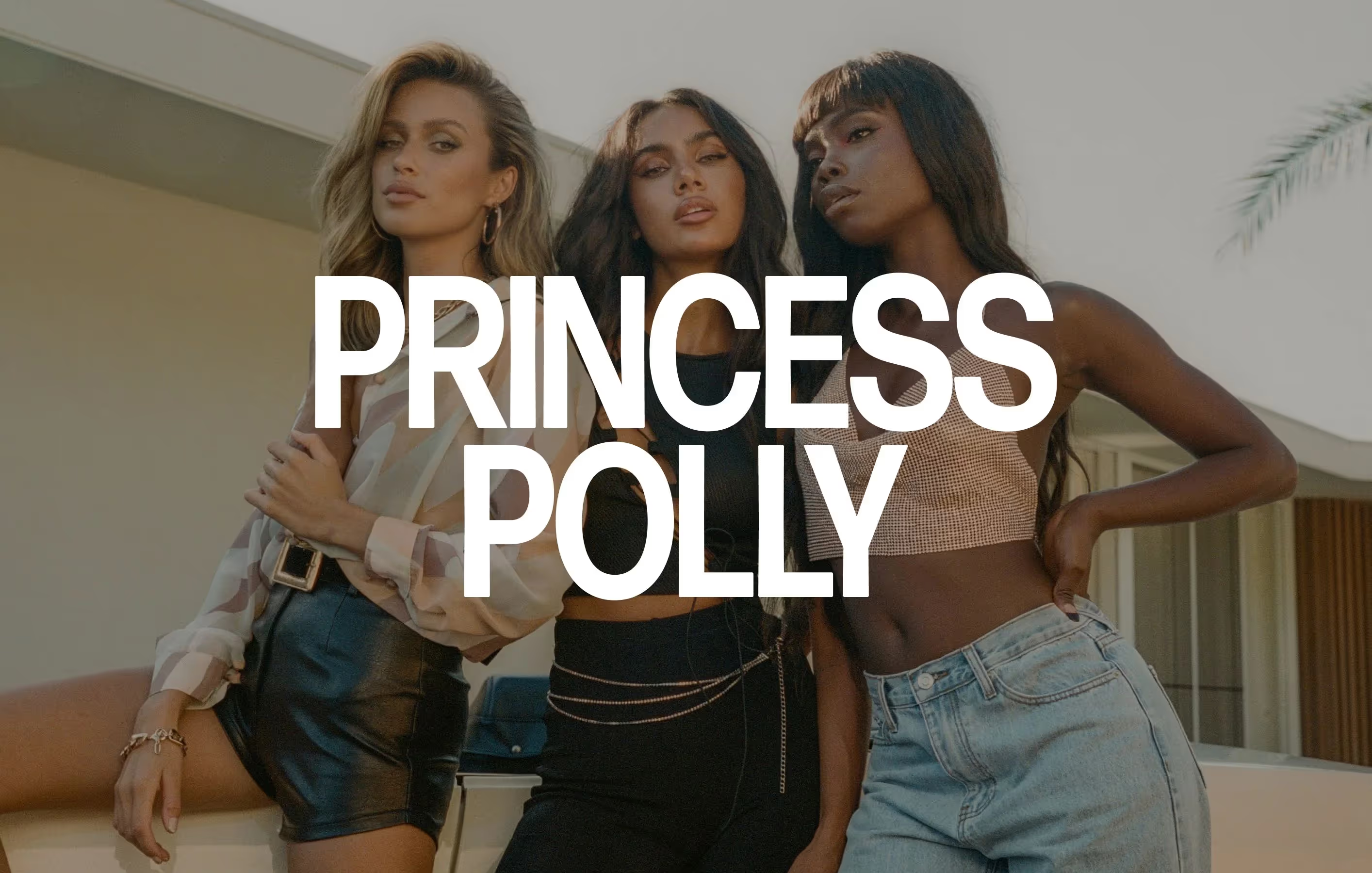What Does Gamification Mean in Marketing?

Gamification is a big part of our day-to-day lives, often without us even realising.
Think about those emails from LinkedIn reminding you that your profile is 58% complete, and suggesting what you can do to “level up” to a 100% complete profile. Anyone who considers themselves a keen craft beer lover has surely earned themselves a few badges for logging various kinds of beers and ales they’ve tried in the “Untappd” app.
These are forms of gamification – it’s when you take that special thing that makes games enticing, engaging and fun, and you apply it to an otherwise ordinary task.
Companies will often gamify their employee training programs in order to incentivise staff to learn about new systems, or stay informed about new products or services they offer.
Loyalty programs are another commonly gamified process, especially now that many loyalty programs come in the form of mobile apps.
Okay, So What Does Gamification in Marketing Mean?
Gamification allows marketers to capitalise on that emotional high that customers experience after a “win” of some kind, and use it to close the sale on their brand’s product or service. And according to the statistics, it works!
A recent Deloitte study found that media companies which successfully incorporate gamification into their marketing strategies have noticed an increase in their online customer interactions of anywhere between 30 and 40 per cent.
Considering that the average millennial spends anywhere up to 96 minutes a day playing games on their mobile devices, it’s extremely relevant to today’s consumers.
In fact, 40% of millennials say there should be games within loyalty programs as a standard.
One advantage of using games to drive customer loyalty is that these gamers are more likely to be active on social media. This means they can spread the word of their engagement with others.

However, while some brands have enjoyed astronomical success by gamifying their marketing campaigns, it’s not as simple as throwing a few random gaming features onto your company website or mobile app and then kicking back with a cigar!
To keep customers engaged, you need to create a game that truly captivates your audience.
Examples of Gamification in Marketing
Coca-Cola Vs Skyfall
Coca-Cola came up with an ingenious marketing campaign to promote their partnership with the James Bond: Skyfall film back in 2012.
Cameras were set up at Belgium’s Central Station of Antwerp to capture footage of real-life vending machine customers being prompted to “unlock their inner 007” by completing a secret agent mission in exchange for free tickets to see Skyfall.
Customers would need to make it to the other side of the busy station in less than 70 seconds, sing the James Bond theme song, and overcome hurdles on the escalators, for example.
All the shenanigans were caught on film and uploaded onto YouTube, creating a huge amount of hype around Coke Zero, as the video was appearing in “007” YouTube searches and circulating on trending news sites.
Olympic Change: 30 Squat Challange
Another good example of effective gamification in marketing is the Olympic Change “30 Squats” campaign that VISA and the Russian Olympic Committee devised in the leadup to the 2014 Sochi Winter Olympic Games.
A special machine was installed beside the standard ticketing machines at a subway train station in Moscow, which offered commuters the opportunity to do 30 squats in exchange for their ticket, rather than paying.
The stunt created a highly amusing and cheerful atmosphere at the station, and did a remarkable job of achieving the mission behind the campaign – to encourage those living in urban areas to exercise daily and maintain active lifestyles.
Gamification = Engagement
Gamifying your marketing is a surefire way to get people paying attention to your brand, and enhancing the overall customer experience.
The best loyalty programs integrate gamification with the focus of engaging customers long-term, as opposed to just gaining a one-time transaction from them.
Although a transaction is great, long-term relationship building will encourage customers to repeatedly choose your products over the competition's.Read our blog to learn why gamification is important in a loyalty program.
More Posts

It’s often more than you think. Plug in your daily customer numbers to see your potential returns instantly.






.webp)